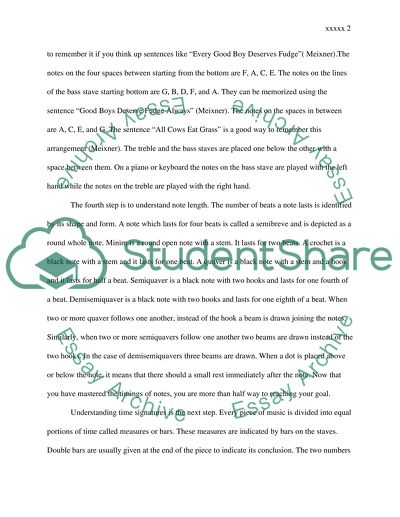Cite this document
(“A Process Analysis Essay How To Read Music Sheet”, n.d.)
Retrieved de https://studentshare.org/music/1549522-a-process-analysis-essay-how-to-read-music-sheet
Retrieved de https://studentshare.org/music/1549522-a-process-analysis-essay-how-to-read-music-sheet
(A Process Analysis Essay How To Read Music Sheet)
https://studentshare.org/music/1549522-a-process-analysis-essay-how-to-read-music-sheet.
https://studentshare.org/music/1549522-a-process-analysis-essay-how-to-read-music-sheet.
“A Process Analysis Essay How To Read Music Sheet”, n.d. https://studentshare.org/music/1549522-a-process-analysis-essay-how-to-read-music-sheet.


